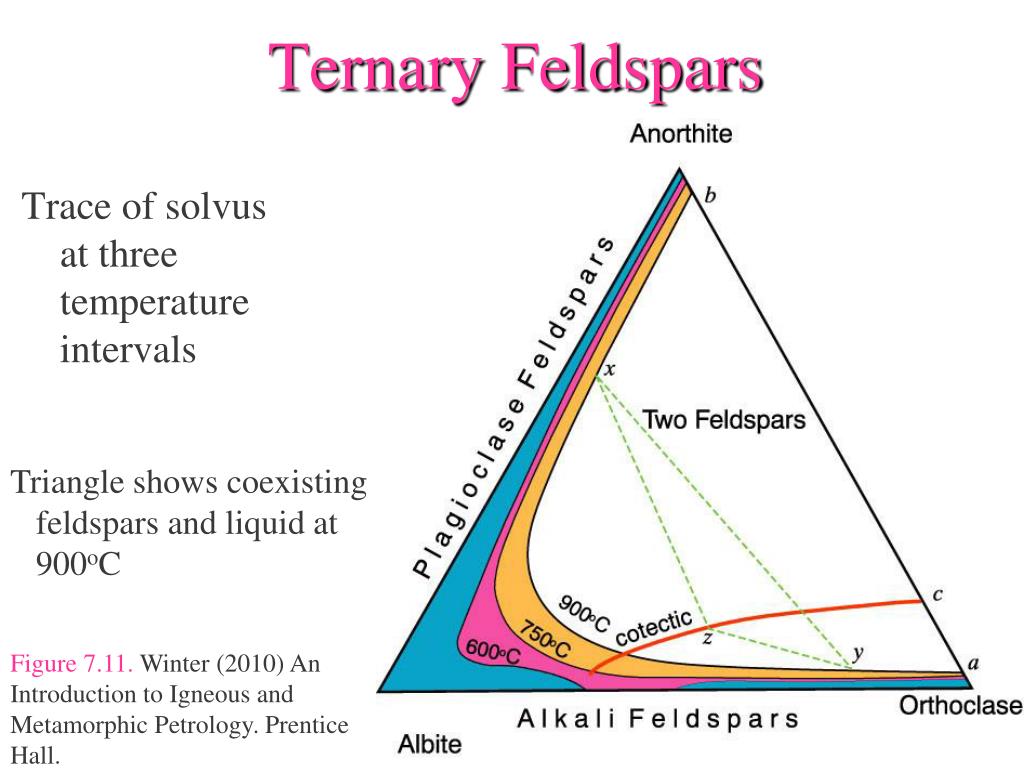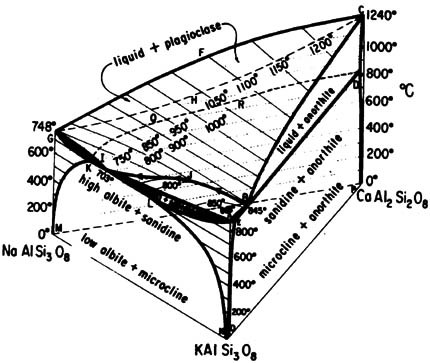

Notice that iron appears twice with two different radii. Figure 5.24 The ionic radii in angstroms of some of the common ions in silicate minerals.

Ionic radii are critical to the composition of silicate minerals, because the structure of the silicate mineral will determine the size of spaces available. While iron and magnesium ions are similar in size, allowing them to substitute for each other in some silicate minerals, the common ions in silicate minerals come in a wide range of sizes (Figure 5.24). Magnesium and iron can substitute for each other because they both have a charge of +2, and they are similar in size: magnesium cations have a radius of 0.73 Å, and iron cations have a radius of 0.62 Å. Olivine can be pure Mg 2SiO 4 or pure Fe 2SiO 4, or a combination of the two, written as (Mg,Fe) 2SiO 4. Source: Karla Panchuk (2021), CC BY-SA 4.0. Figure 5.23 Olivine is a silicate mineral made of isolated silica tetrahedra bonded to Fe and Mg ions (left). In olivine, the –4 charge of each silica tetrahedron is balanced by two iron or magnesium cations, each with a charge of +2. The simplest silicate structure-that of the mineral olivine (Figure 5.23)-is composed of isolated tetrahedra bonded to iron and/or magnesium ions. If you’re feeling ambitious, make several tetrahedra and and use toothpicks through the corners to make the configurations discussed below. If you don’t have glue or tape, make a slice along the thin grey line and insert the pointed tab into the slit. If you have glue or tape, secure the tabs to the tetrahedron to hold it together. Cut around the outside of the shape (solid lines and dotted lines), and then fold along the solid lines to form a tetrahedron. Image source.ĭownload Tetrahedron with the tetrahedron pattern shown here. Make Your Own Tetrahedron Figure 5.22 Pattern for a tetrahedron.


 0 kommentar(er)
0 kommentar(er)
